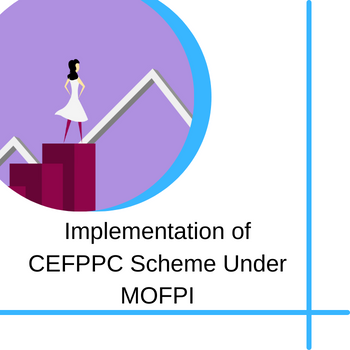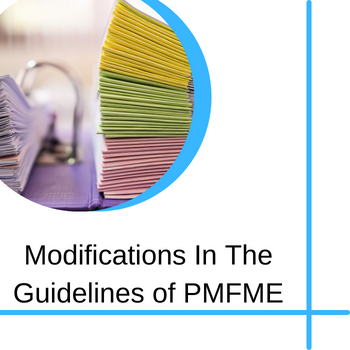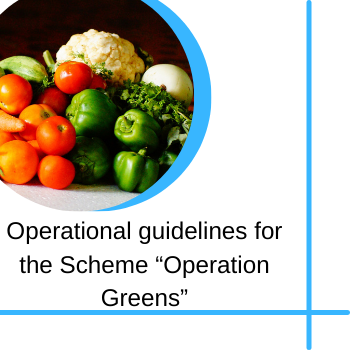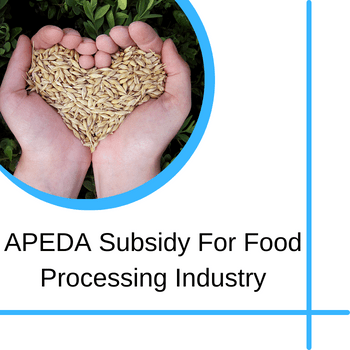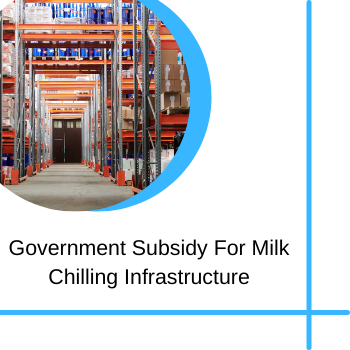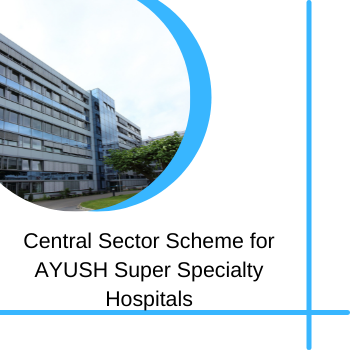CEFPPC Scheme:- Creation / Expansion of Food Processing & Preservation Capacities
Objectives:
The main objective of the CEFPPC Scheme is creation of processing and preservation capacities and modernization /expansion of existing food processing units which will help in increasing the level of processing, value addition and thereby lead to reduction of wastage and enhancement of farmers’ income.
Eligible sectors:
Food processing sectors eligible under the Scheme includes –
(i). Fruits & vegetables processing,
(ii). Milk Processing
(iii). Meat/poultry/fish processing,
(iv). Ready to Eat / Ready to Cook Food Products/ Breakfast cereals/ Snacks / bakery and other food products including nutritional health foods.
(v). Grains/pulses, oil seed milling and processing based on modern technology.
(vi). Modern Rice milling.
(vii). Other agri-horti products including spices, coconut, soybean, mushroom processing, honey processing, etc.
(viii). Fruits/ Honey based wines.
(ix). Natural Food flavors, food additives/ food extracts & colours, oleoresins, guar gum, cocoa products etc.
(x). Manufacturing jaggery from sugarcane and value added products from jaggery (as raw material) except sugar mills.
(xi). Any other sector that makes food products fit for human consumption.
(xii). Animal feed manufacturing unit to be set up in Mega Food Parks and Agro Processing Clusters approved by the Ministry from time to time.
Pattern of assistance CEFPPC Scheme:
The scheme envisages financial assistance to food processing units in the form of grant-in-aid as under:
(i). 35% of the eligible project cost subject to a maximum of Rs. 5.00 crore in General Areas;
(ii). 50% of the eligible project cost subject to a maximum of Rs. 5.00 crore in North Eastern States (including Sikkim) and Difficult areas i.e. Himalayan States/UTs (Himachal Pradesh, Uttarakhand, Ladakh, Jammu and Kashmir), State Notified ITDP areas and Islands (Union Territories of Andaman& Nicobar and Lakshadweep).
Eligibility Criteria CEFPPC Scheme :
(i). The promoter’s capital/ equity investment on the project should not be less than 20% of the total project cost (excluding land cost) in case of general areas and 10% of the total project cost (excluding land cost) in case of NER, difficult areas, SC, ST and islands
(ii). Availing term loan from the bank/ Financial Institution minimum 20% of the total project cost (except for proposals submitted by Central/State Government)

